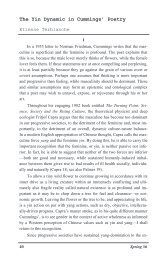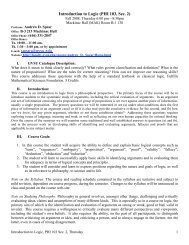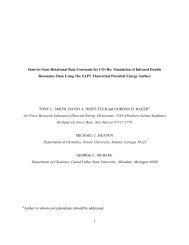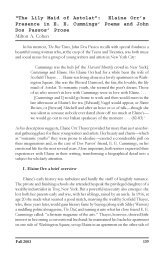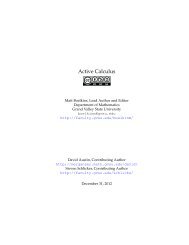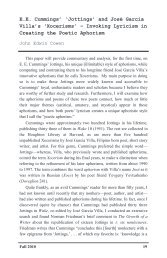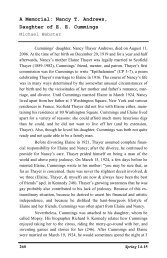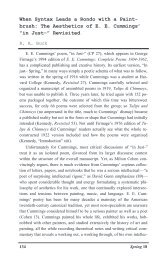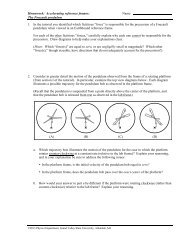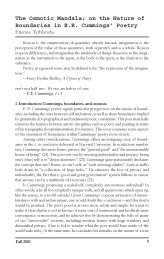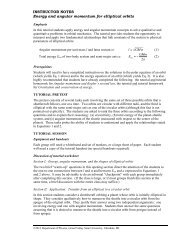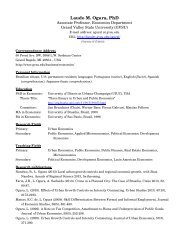Active Calculus - Gvsu - Grand Valley State University
Active Calculus - Gvsu - Grand Valley State University
Active Calculus - Gvsu - Grand Valley State University
- No tags were found...
You also want an ePaper? Increase the reach of your titles
YUMPU automatically turns print PDFs into web optimized ePapers that Google loves.
2.2. THE SINE AND COSINE FUNCTIONS 39Activity 2.5.Consider the function g(x) = cos(x), which is graphed in Figure 2.3 below. Note carefully thatthe grid in the diagram does not have boxes that are 1 × 1, but rather approximately 1.57 × 1,as the horizontal scale of the grid is π/2 units per box.11−2π −π π 2π −2π −π π 2π-1-1Figure 2.3: At left, the graph of y = g(x) = cos(x).(a) At each of x = −2π, − 3π 2 , −π, − π 2 , 0, π 2 , π, 3π 2, 2π, use a straightedge to sketch an accuratetangent line to y = g(x).(b) Use the provided grid to estimate the slope of the tangent line you drew at each point.Again, note the scale of the axes and grid.(c) Use the limit definition of the derivative to estimate g ′ ( π 2) by using small values ofh, and compare the result to your visual estimate for the slope of the tangent line toy = g(x) at x = π 2 in (b). Using periodicity, what does this result suggest about g′ (− 3π 2 )?can symmetry on the graph help you estimate other slopes easily?(d) Based on your work in (a), (b), and (c), sketch an accurate graph of y = g ′ (x) on the axesadjacent to the graph of y = g(x).(e) What familiar function do you think is the derivative of g(x) = cos(x)?⊳




